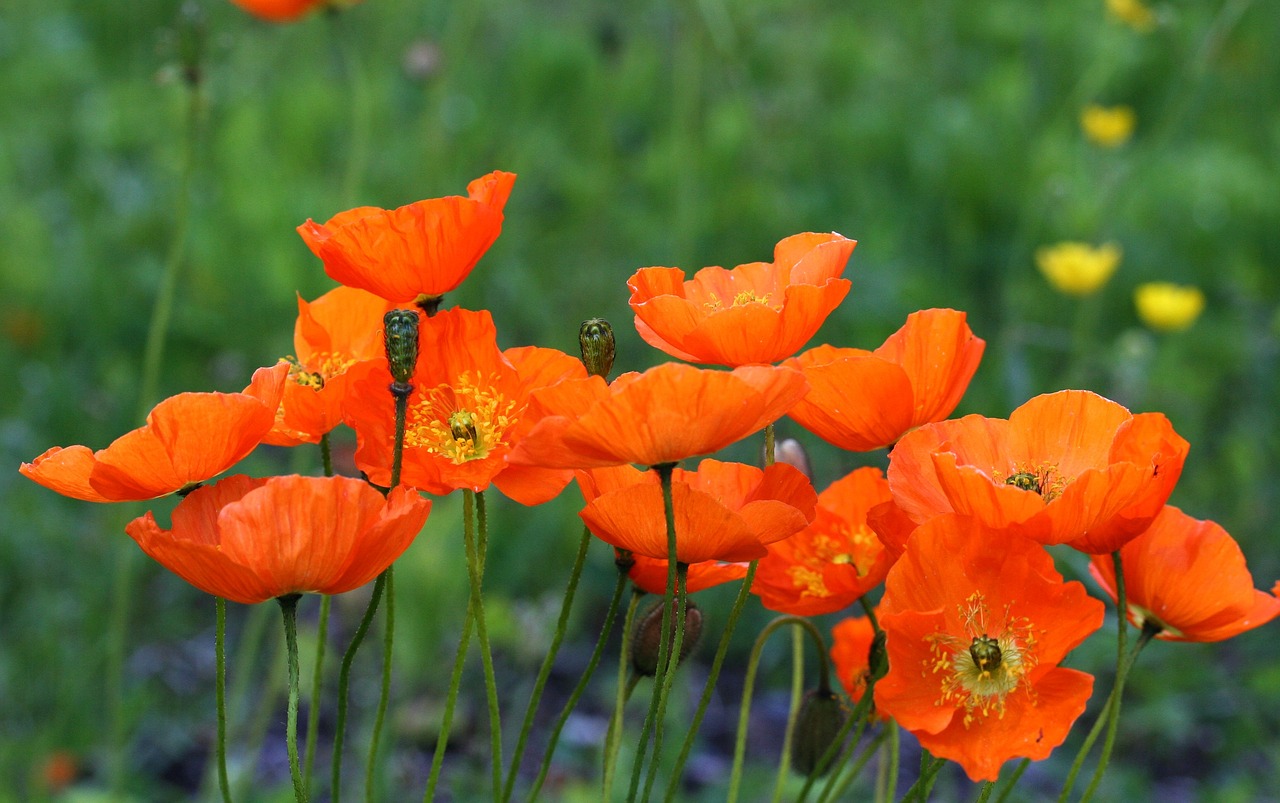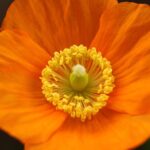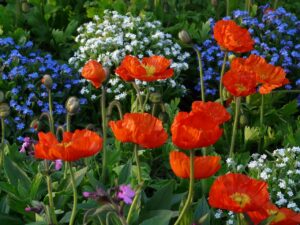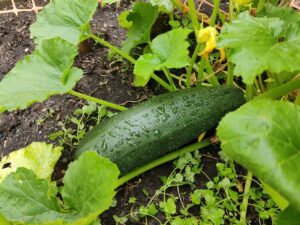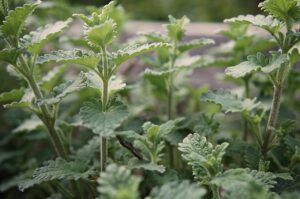Cultivating Beautiful Poppies in Your Garden
Poppies are captivating flowers that add vibrant colour and delicate beauty to any garden. They come in various shapes, sizes, and colours, making them an excellent choice for gardeners of all skill levels. Learning how to grow poppies has been a delightful journey for me, as their stunning blooms instantly bring life and charm to the space. Over the years, I’ve experimented with different varieties, discovering the unique characteristics and colours each offers.
In this article, we’ll cover everything you need to know about how to grow poppies, from planting seeds to ensuring their healthy growth. We’ll also discuss different poppy varieties, poppy companion plants, and how to provide proper poppy plant care. By the end, you’ll be well-equipped to create a stunning poppy garden to enjoy and share with friends and family.
Popular Poppy Varieties

Poppies come in a diverse range of colours, shapes, and sizes. Some popular poppy varieties include:
- Corn poppies (Papaver rhoeas): Also known as Flanders poppies, these red, annual poppies are often used as a symbol of remembrance of World War I.
- California poppies (Eschscholzia californica): These annual poppies are native to the western United States and feature bright, cup-shaped flowers in shades of orange, yellow, and cream.
- Oriental poppies (Papaver orientale): These perennial poppies boast large, showy flowers in vibrant shades of red, orange, and pink.
California Poppy - Iceland poppies (Papaver nudicaule): With their delicate, pastel-coloured flowers, Iceland poppies are a popular choice for cottage gardens.
- Opium poppies (Papaver somniferum): Grown for their attractive flowers and seed pods, opium poppies come in a wide range of colours,including white, pink, and purple.
Our seeds can be purchased here: Poppy Seeds.
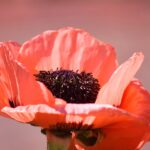
How to Grow Poppies from Seed
Poppies are typically grown from seeds, which can be sown directly into the ground or started indoors. Here are the steps to follow when learning how to grow poppies from seed:
- Choose the right time: Poppies thrive in cool weather, so it’s best to sow seeds in early spring or late fall. You can also plant in winter for early spring blooms in mild climates.
- Prepare the soil: Poppies grow well in well-draining soil with a pH between 6.0 and 7.5. Work compost or aged manure into the top few inches of soil to improve fertility.
- Scatter the seeds: Lightly scatter the poppy seeds over the prepared soil. Since poppy seeds are tiny, mixing them with sand for even distribution is helpful.
- Cover the seeds: Gently press them into the soil, but don’t cover them with more than 1/8 inch of soil. Poppies need light to germinate, so make sure they are not buried too deep.
- Keep the soil moist: Maintain consistent moisture in the soil while the seeds germinate, which can take anywhere from 10 to 30 days.
How to Plant Poppies
If you prefer to start your poppies indoors or purchase seedlings, follow these steps on how to plant poppies:
- Choose healthy seedlings: Look for seedlings with strong, sturdy stems and no signs of disease or pests.
- Harden off the seedlings: Gradually expose the seedlings to outdoor conditions over a week or two, increasing the amount of sunlight and outdoor time each day.
- Prepare the planting area: As with seeds, ensure the soil is well-draining and has a pH between 6.0 and 7.5. Space the seedlings about 6 to 12 inches apart, depending on the poppy variety.
- Plant the seedlings: Dig a hole slightly larger than the root ball and place the seedling in the hole. Fill in the space around the root ball with soil and gently firm it down.
- Water the seedlings: Thoroughly water the newly planted seedlings to help them settle in and establish their roots.
Poppy Plant Care
Proper poppy plant care is essential for healthy growth and beautiful blooms. Here are some tips to help you care for your poppies:
- Watering: Water poppies regularly, especially during dry spells. However, be careful not to overwater, as this can lead to root rot.
- Fertilizing: Apply a balanced, slow-release fertilizer in the spring to support healthy growth. Be cautious not to over-fertilize, as this can cause excessive leaf growth at the expense of blooms.
- Mulching: Add a layer of organic mulch around the base of the plants to help retain moisture and suppress weeds.
- Deadheading: Remove spent blooms to encourage more flowering and prevent self-seeding.
- Pest and disease control: Watch for pests and diseases like aphids and powdery mildew. Treat problems promptly with appropriate measures, such as insecticidal soap for aphids and a fungicide for powdery mildew.
- Pruning: Cut back the foliage after the poppies have finished blooming and started to die back. This will help keep the plants tidy and encourage new growth.
When do Poppies Bloom?
Poppy Bloom Time: The bloom time for poppies is essential to plan and maintain a garden with continuous colour and interest. Poppies have a relatively short bloom period, but different varieties can have slightly different blooming times. Here’s a general overview of the bloom times for some popular poppy varieties, organized by spring, summer, and fall:
Spring
- Corn Poppies: These annual poppies typically bloom in late spring to early summer, with the flowers lasting several weeks.
- Oriental Poppies: These perennial poppies usually bloom in late spring to early summer, with a shorter bloom period of around 2 to 3 weeks.
Summer
- California Poppies: Blooming from late spring to mid-summer, these annual poppies can have a longer bloom period if deadheaded regularly.
- Opium Poppies: These poppies generally bloom in late spring to early summer, with the flowers lasting for a few weeks.
Fall
- Iceland Poppies: With a more extended bloom period than most, Iceland poppies can flower from late spring to early fall, depending on the climate and growing conditions.
To ensure a continuous display of poppy blooms in your garden, consider planting a mix of varieties with different blooming times or staggering your planting times. Additionally, deadheading spent blooms can sometimes encourage a second flush of flowers in certain poppy varieties, extending their overall bloom period.
Poppy Companion Plants
Choosing the right poppy companion plants can help create a more visually appealing garden and support the overall health of your poppies. Some excellent poppy companion plants include:
- Pansies: With their charming, colourful flowers, pansies make a lovely addition to a poppy garden, providing a delightful contrast in both texture and form.
- Chamomile: This fragrant herb adds a calming aroma to your garden and attracts beneficial insects that can help keep pests at bay.
- Marigolds: Marigolds are popular companion plants that deter pests with their strong scent and vibrant colours that complement poppies.
- Hollyhock: The towering spires of hollyhock flowers create a stunning backdrop for poppies, adding height and drama to your garden.
- Echinacea: Also known as coneflowers, echinacea plants offer a contrasting shape and attract pollinators, benefiting both their poppy companions and the overall health of your garden.
- Balloon flower: Their unique, balloon-shaped buds and striking blue or purple flowers provide a whimsical touch to a poppy garden.
- Candytuft: The delicate, white flowers of candytuft form a beautiful contrast to the bold colours of poppies, and their low-growing habit makes them an excellent border plant.
- Morning glory: These climbing plants add vertical interest to your garden and can be grown on trellises or fences near poppies for a stunning display of colour.
Incorporating these poppy companion plants in your garden can create a visually captivating space while supporting your poppies’ health and well-being.
Conclusion
Growing poppies is a rewarding endeavour that can bring exceptional beauty to any garden. By following the steps outlined in this article on how to grow poppies from seed, how to plant poppies, and providing proper poppy plant care, you’ll be well on your way to cultivating a stunning display of poppy flowers. Don’t forget to experiment with different poppy varieties and companion plants to create a unique and eye-catching garden.

